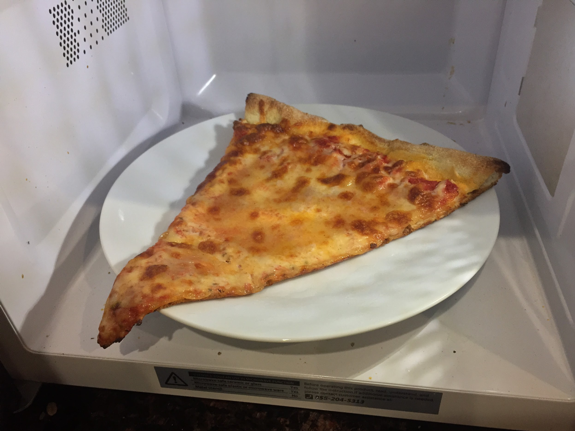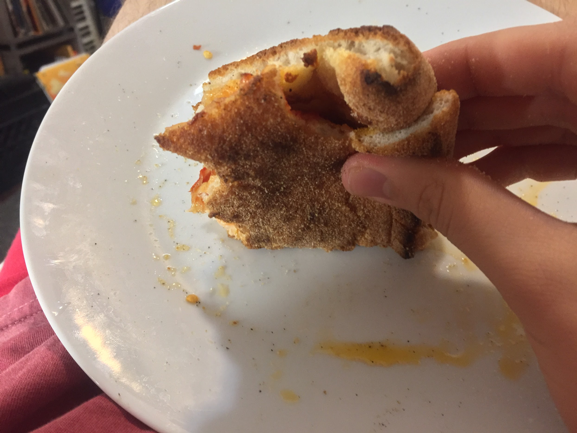Are There Effective Tips for Microwaving?
Words and photos by Clark Adomaitis
Graphics by Aspasia Celia Tsampas
In 1946, Percy Spencer invented the microwave using radar technology from World War II. 73 years later, students of The City College of New York use the microwave daily. Oatmeal, mac and cheese, leftovers, tea, hot chocolate, and chicken pot pies are great, quick meals and beverages to have in the dorms or at home after a long day of classes. However, sometimes we leave our food in the microwave for too long. Sometimes the microwave makes our slice of pizza soggy. Sometimes we need to boil water in the microwave but we do not know how long to put it in for. Sometimes we need to heat up many plates of food up fast because we are hosting dinner guests. How can we fight the mysterious ways of the microwave and heat our food and drink efficiently?
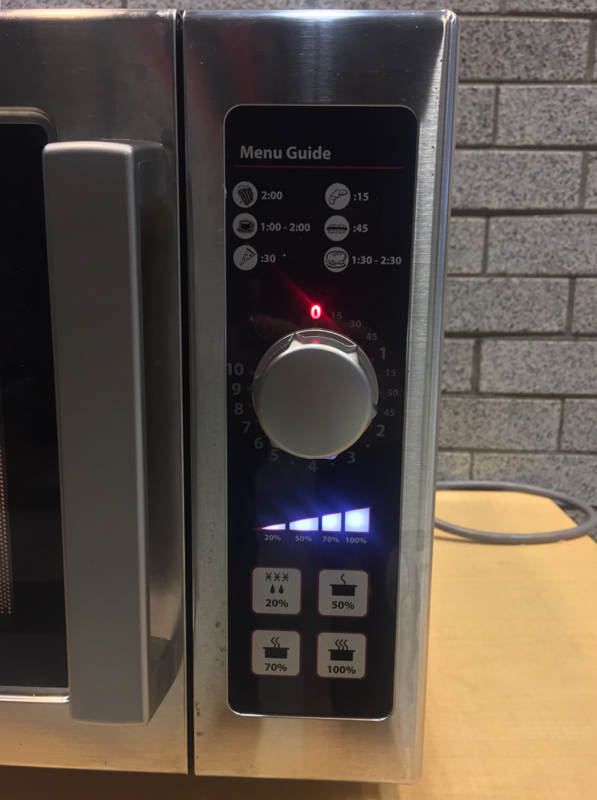
Sprinkle Water on Your Slice of Pizza
Itested the theory that flicking water onto your slice three or four times canhelp the slice not get so soggy after being microwaved. I tried it and it keepsthe crust relatively hard. However, the underside of the pizza, which isusually hard from being in an oven, was still soft. Nevertheless, I enjoyed aslice of pizza with a pretty hard crust.
Can you heat up more than one mug ofwater at once?
I put a mug of water in the microwave for one minute and 30 seconds. Upon removing it from the microwave, the liquid was extremely hot to the touch of tongue. I even burnt myself a little!

I tried heating up two mugs of water side by side for a minute thirty. Interestingly, the two mugs did not get as hot. They only got a bit warmer than room temperature. I could even stick my finger in it (pictured below). This shows us that more liquid in the microwave, especially when the liquid is in two different containers, takes longer to heat.
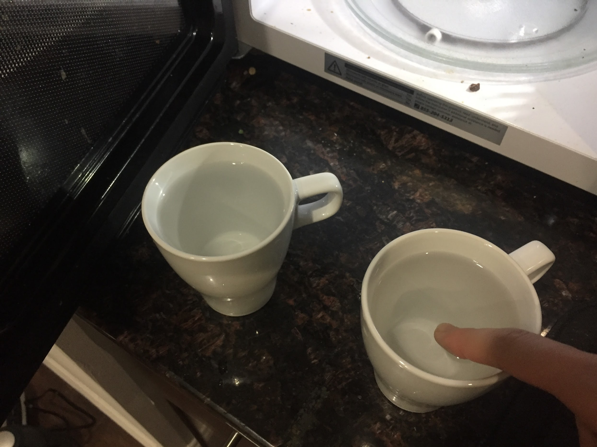
Does the “cups levels” technique ofheating up many plates of food work?
I tried heating up two plates of chicken in the microwave at the same time to see if they would heat up evenly. The two pieces of chicken (pictured below) became very hot after one minute in the microwave. The discovery I made was that they were equally hot.

Iheated up one piece of chicken in the microwave for one minute and it gothotter than the two pieces of chicken, but not much hotter.
My final experiment (pictured below) is trying to see if the reason the two pieces of chicken got hot evenly was because they were at different heights in the microwave. Remember, my two mugs of water side by side did not get hot.
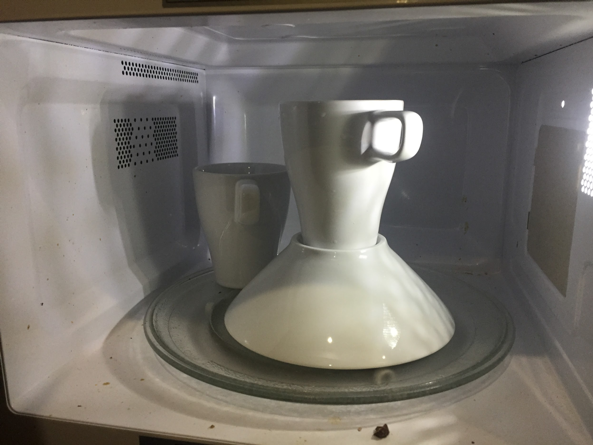
Thisexperiment did not prove anything. The mugs of water were the same temperatureas in my first experiment.
After analyzing all of my tests, I concluded that microwaves can heat up small amounts of matter faster than it can large amounts. The “levels” technique did help to heat up more food in one microwave session. Also, adding water to a slice of pizza, which has moisture in its cheese, can take some of the microwave’s radiation away from blasting the cheese and making the slice a sloppy, soggy mess. At the end of the day, be careful to not put any metal cookware in your microwave. Metal can burn your appliance and cause fires!





